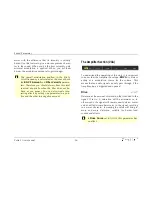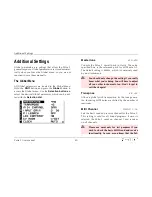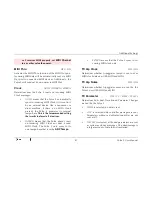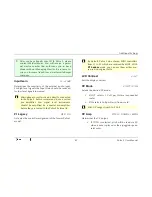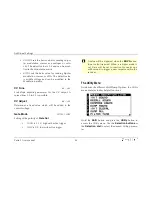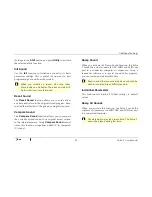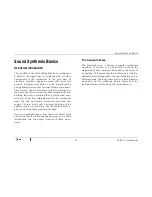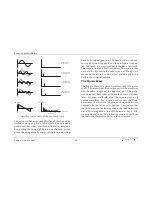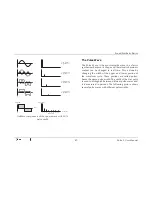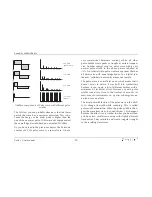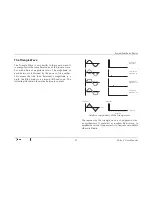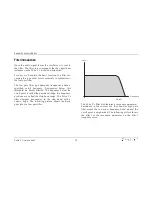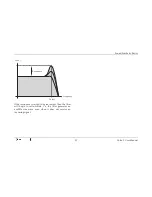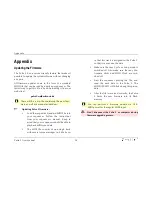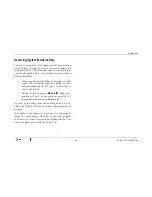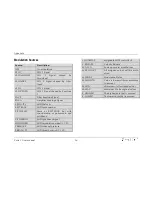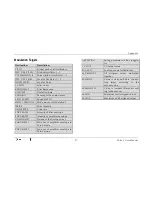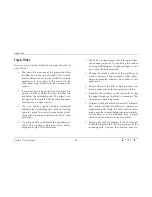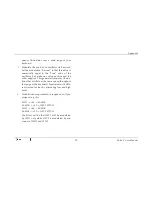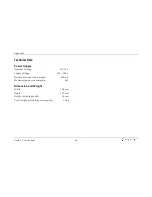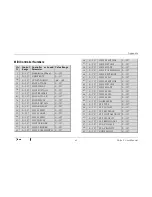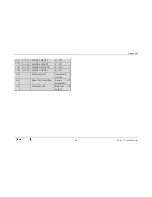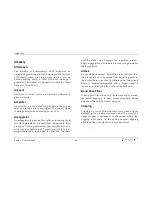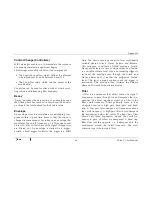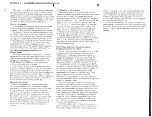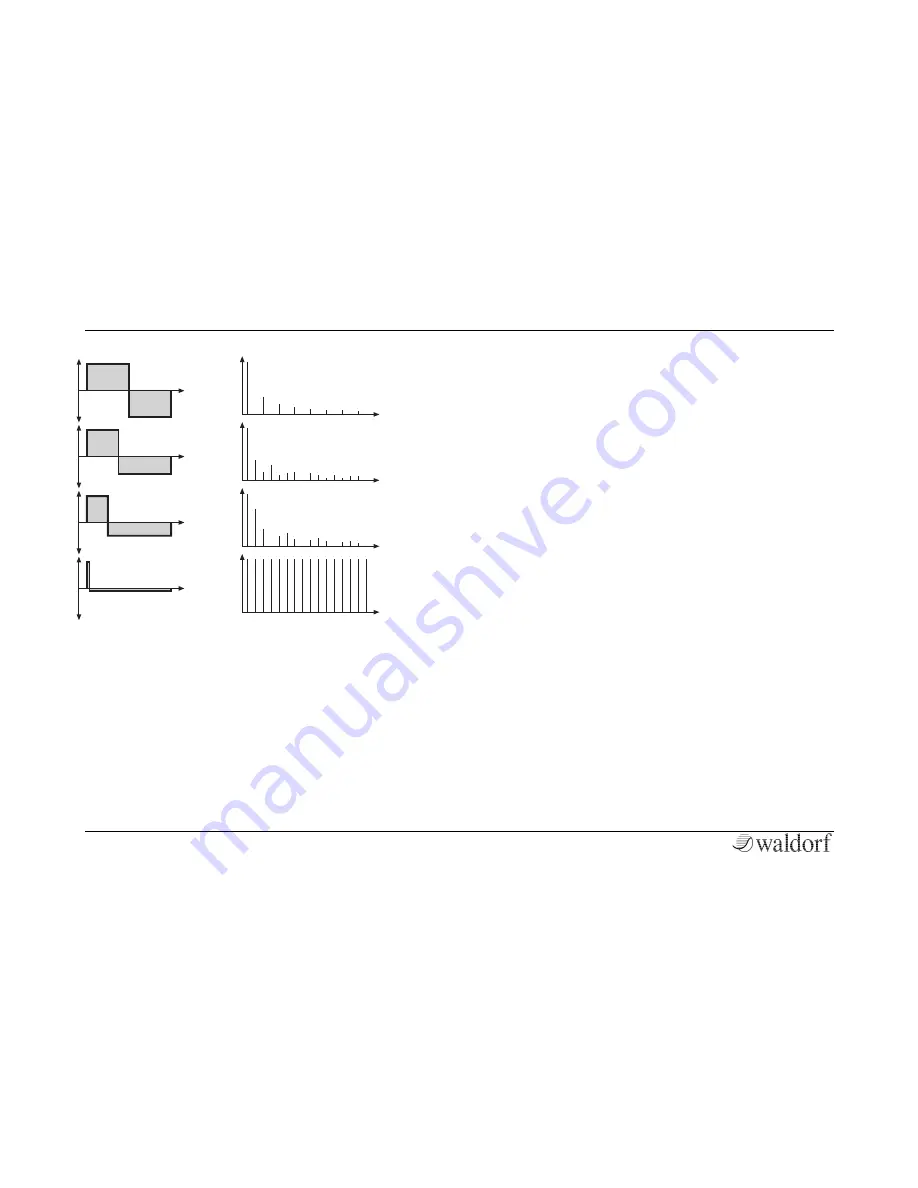
Sound Synthesis Basics
Pulse 2 User Manual
50
Additive components of Pulse wave with different pulse
widths
The first fact you can probably observe is that the lower
part of the wave has a narrower excursion. This is be-
cause the energy of the wider pulse is higher than the
one of the narrower pulse. If this were not compensated,
the overall signal would have an unwanted DC offset.
As you have read in the previous chapter, the harmonic
content of a 50% pulse wave is a special case. It has a
very symmetrical harmonic content, while all other
pulse widths create peaks or troughs at certain frequen-
cies. Another special case is a pulse wave with a very
narrow pulse width, in the above picture labelled as
<1%. An infinitely thin pulse creates a spectrum that has
all harmonics with equal magnitudes. In a digital syn-
thesizer, "infinitely" necessarily means one sample.
The pulse wave is an artificial wave, which means that it
doesn’t occur in nature. It was built into synthesizers
because it can create a lot of different timbres with a
minimum of technical effort. However, certain pulse
widths sound very close to the timbres of acoustic (or
semi-acoustic) instruments, i.e. a guitar or bass guitar, an
e-piano or even a flute.
The most powerful feature of the pulse wave is the abili-
ty to change its width while sounding. This is called
pulse width modulation. When the pulse width is chan-
ged, the waveform starts to sound thicker. This happens
because the effect is very similar to what you hear when
you have two oscillators running with slightly different
frequencies. They interfere and create irregular troughs
in the resulting waveforms.
! " # $ % !! !" !#
! " # $ % !! !" !#
! " # $ % !! !" !#
! " # $ % !! !" !#
#&'()*+,-
./0*12-(314-5
6#'()*+,-
7!'()*+,-
.89:*+,-5
""'()*+,-
Summary of Contents for pulse 2
Page 1: ...ANALOG SYNTHESIZER ...

